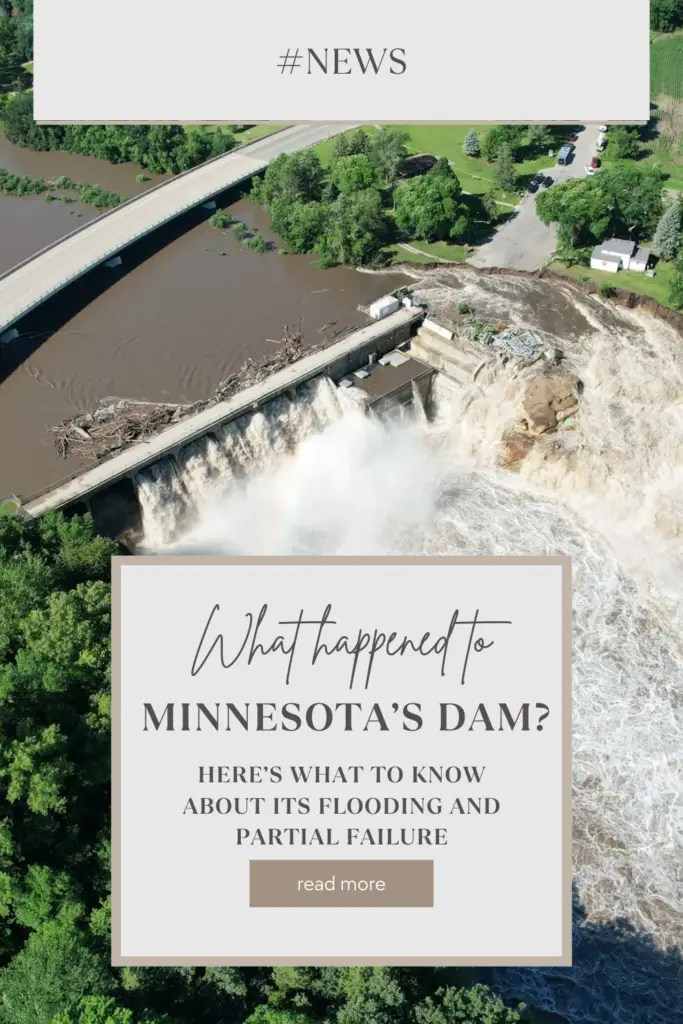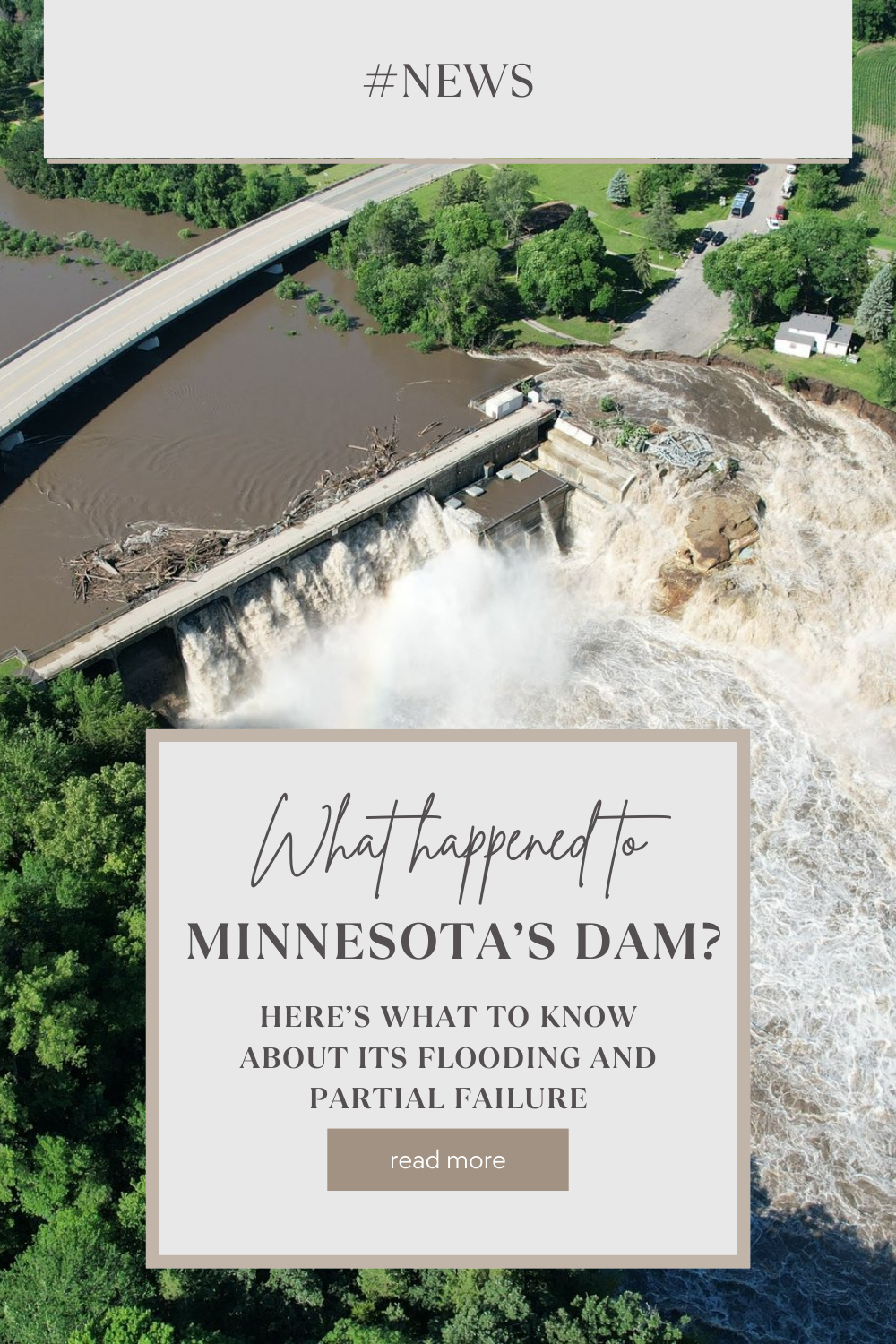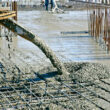In a stark display of nature’s power and infrastructure vulnerability, the Rapidan Dam near Mankato, Minnesota, finds itself at the center of a tense standoff against floodwaters surging from the Blue Earth River. What began as a routine response to rising water levels quickly escalated into a race against time to prevent a catastrophic failure that could inundate downstream communities and exacerbate environmental damage.

The Unfolding Crisis
Early on Monday morning, emergency responders sounded the alarm as water breached the dam’s defenses, prompting fears of an imminent collapse. The situation worsened when debris, carried by the torrent, obstructed critical parts of the structure. This obstruction, coupled with unprecedented water pressure, caused the west abutment of the dam to partially give way. The ensuing rush of water not only disabled a nearby power station, plunging hundreds of households into darkness, but also tested the limits of the dam’s resilience.
Governor Tim Walz underscored the severity of the situation, citing peak water flows reaching a staggering 34,800 cubic feet per second — the second-highest recorded in the dam’s century-long history. The incident underscored long-standing concerns about the dam’s structural integrity, compounded by a history of severe weather events and inadequate maintenance.
Historical Context and Structural Vulnerabilities
Completed in 1910, the Rapidan Dam stands as a testament to early 20th-century engineering, boasting a length of approximately 475 feet and a height of 87 feet. Constructed from hollow concrete anchored on sandstone bedrock within a steep U-shaped valley, the dam was initially designed to harness the Blue Earth River for hydroelectric power and recreational purposes.
However, a 2019 assessment conducted by the Associated Press revealed troubling signs of wear and tear, categorizing the dam’s condition as fair at best. The report warned of potential property loss in the event of failure, foreshadowing the current crisis. Subsequent floods in 2019 and relentless rainfall in subsequent years further compromised the dam’s structure, culminating in a state of disrepair noted by local officials.
Environmental and Economic Impacts
As emergency crews battled to stabilize the dam, attention turned downstream to assess potential risks to communities and ecosystems. Fortunately, the absence of permanent inhabited structures below the dam mitigated immediate risks to human life, although precautionary measures, such as the closure of a nearby bridge and campground, remained in effect.
Environmentalists voiced concerns over the dam’s upstream reservoir, which has accumulated over a century’s worth of sediment. The current crisis raised fears that a breach could unleash this sediment into the river, potentially causing ecological havoc and exacerbating flood damage downstream.
Policy and Safety Concerns
The Rapidan Dam incident underscores broader challenges facing aging infrastructure across the United States. Originally engineered with a lifespan of 50 years, dams like Rapidan are confronting prolonged service under increasingly unpredictable climate conditions. Advocacy groups, including American Rivers, have called for enhanced federal and state resources dedicated to the inspection, repair, and if necessary, removal of aging dams to safeguard public safety and environmental health.
Like Us on Facebook!
Federal agencies, including the U.S. Army Corps of Engineers and the Federal Energy Regulatory Commission, mobilized swiftly to assess the damage and gauge ongoing risks. Their findings will inform critical decisions regarding the dam’s future, balancing safety concerns with the dam’s historical and economic significance to the region.
Subscribe Us on YouTube!
Conclusion
As the crisis at Rapidan Dam continues to unfold, communities remain vigilant for updates from officials monitoring the situation. The incident serves as a stark reminder of the vulnerabilities inherent in aging infrastructure and the urgent need for proactive measures to address these vulnerabilities before they escalate into full-blown disasters.
In the coming days, stakeholders will grapple with decisions that could shape the future of Rapidan Dam and similar structures nationwide, weighing the imperatives of safety, environmental stewardship, and community resilience against the backdrop of a changing climate and aging infrastructure.
























